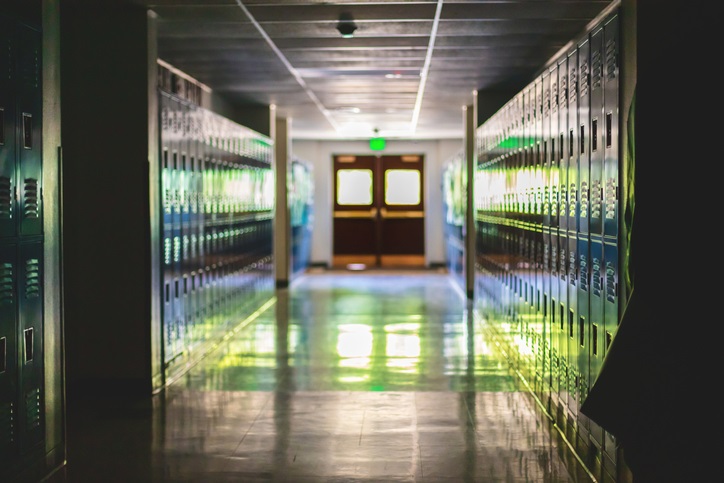The perception that public schools are “failing” can be attributed to various complex and interconnected factors. It’s important to note that the performance and challenges of public schools can vary greatly depending on the region, resources, and specific circumstances they face. Below are some key factors often cited in discussions about the struggles of public schools.
Many public schools face financial constraints. The level of funding often depends on local property taxes, which can create significant disparities in resources between schools in wealthier areas and those in less affluent ones. Insufficient funding can lead to larger class sizes, fewer resources, outdated textbooks, and a lack of essential facilities.

Emphasis on standardized testing can lead to a narrow focus on test preparation, potentially at the expense of a more holistic educational approach. This can limit the ability of teachers to adapt curricula to meet the diverse learning needs of students.
Public schools, especially in underfunded areas, often struggle to attract and retain qualified teachers. Issues like low pay, high stress, and challenging working conditions can lead to high teacher turnover, negatively impacting student learning. Teachers are quitting the classroom in record numbers, and administrators are unable to meet the demand for qualified instructors. The lack of qualified teachers is taking a significant toll on students’ ability to learn and thrive.
Factors such as poverty, lack of access to early childhood education, and disparities in health care can significantly impact a child’s ability to learn and perform in school. Schools in high-poverty areas may face additional challenges related to these issues.
In some cases, curricula may be outdated or not comprehensive enough to prepare students for higher education or the workforce. This can be exacerbated by a lack of resources like technology, libraries, and extracurricular opportunities.
Bureaucratic challenges and top-down administrative decisions can sometimes hinder the ability of schools to make necessary changes and improvements.
Inequities in education, including racial and socioeconomic disparities, can lead to unequal educational opportunities and outcomes. Schools often lack sufficient support services like counseling, special education, and language assistance.
Community and Parental Involvement: A lack of community and parental involvement can affect school performance. Engagement from parents and community members is often crucial for a successful learning environment.
Education policies and political decisions can sometimes negatively impact public schools. Policy changes and reforms may not always align with the needs of students and teachers on the ground.
Many public schools struggle to adapt to the rapidly changing demands of the 21st century, including integrating technology effectively into the curriculum and preparing students for new types of jobs. There are many factors affecting changes in education. Technology in education offers significant ways to improve every challenge outlined in this post. As the CEO of a leading Ed-Tech company, I spend most of my time envisioning ways to improve students’ learning in 2024 and beyond. Adopting education applications can solve many problems associated with public education, ultimately improving learning for all students. Want to join the discussion? Connect with me today.